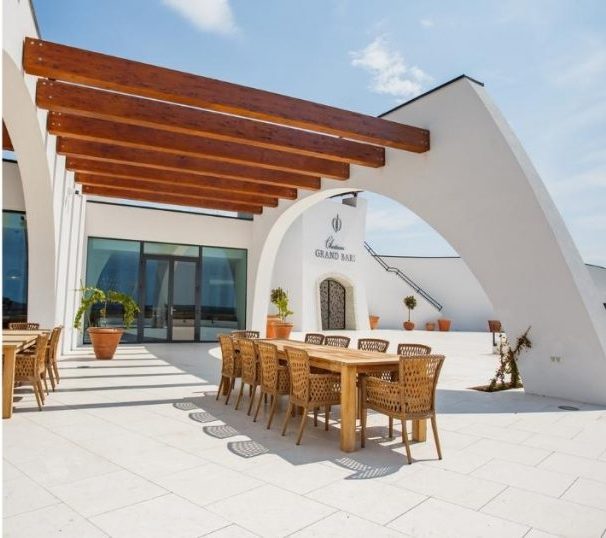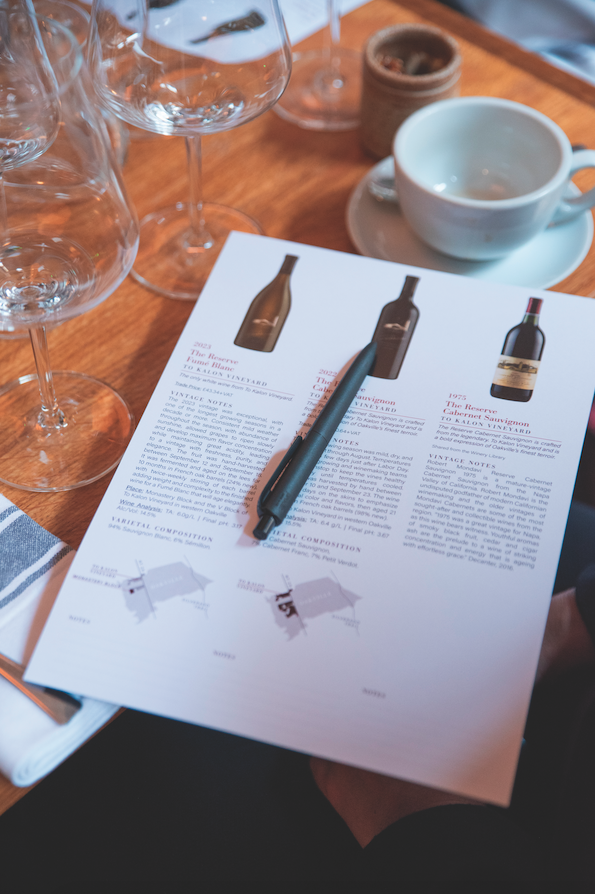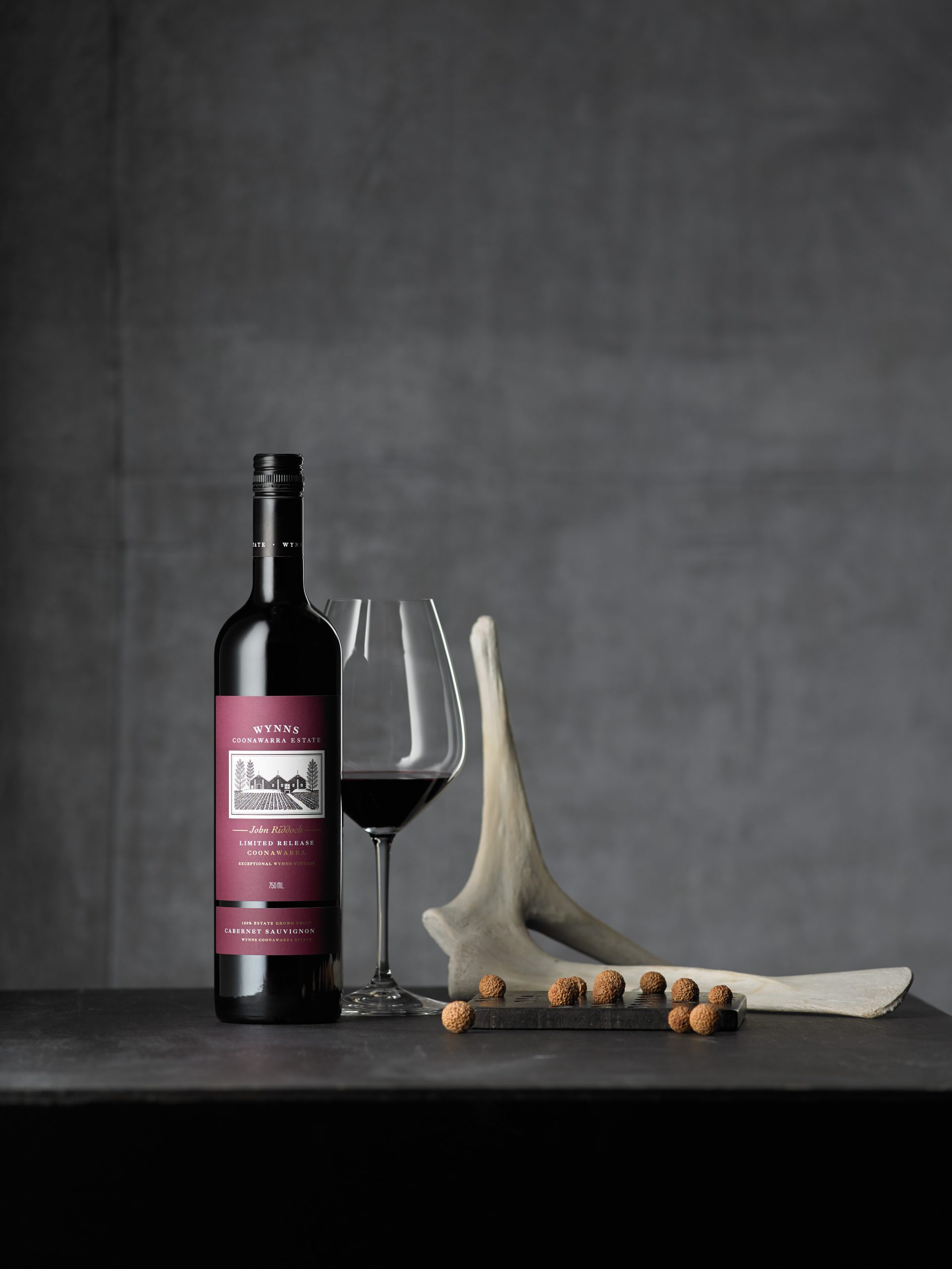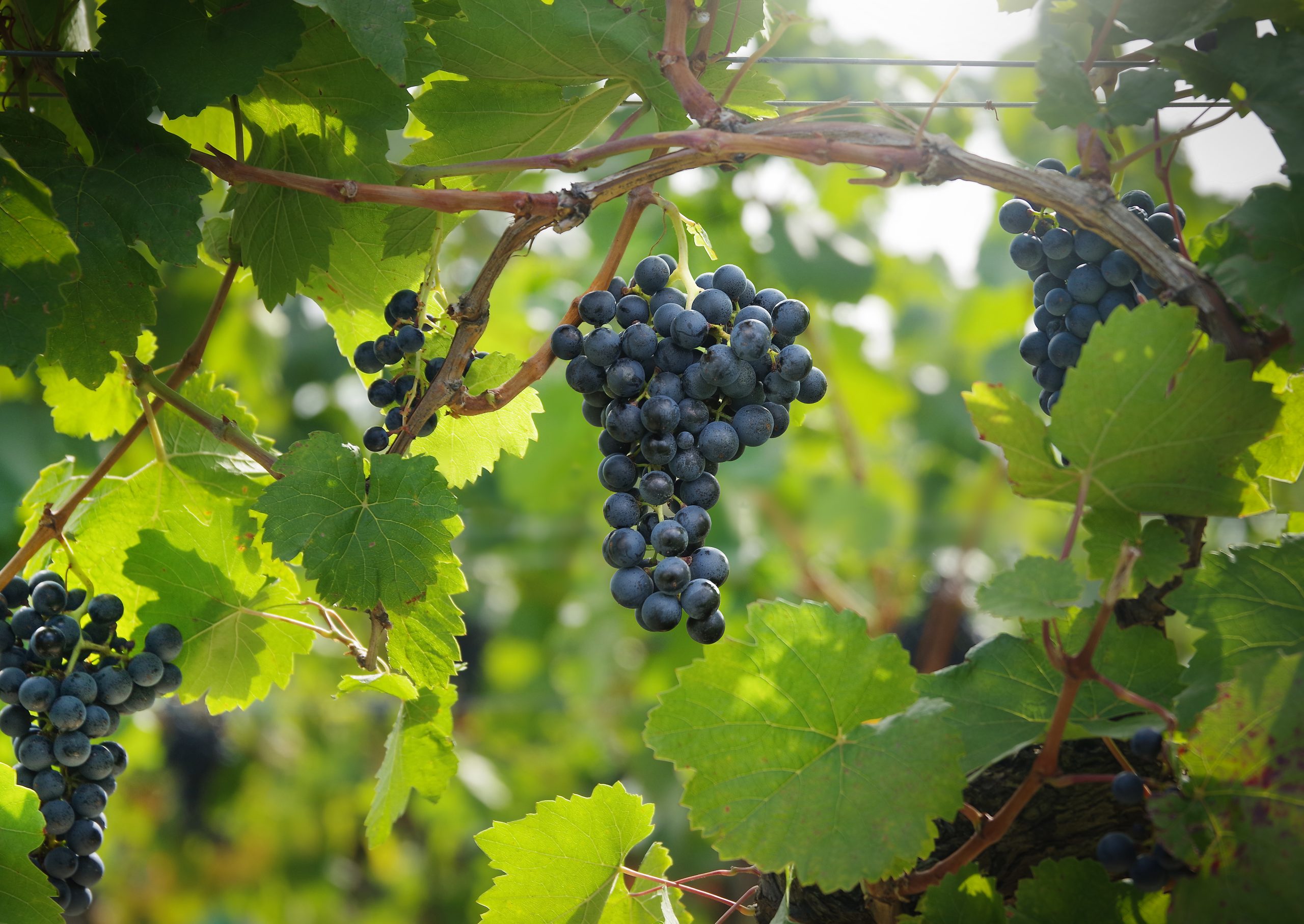Fine wine comment: Far Eastern promise
Asia’s appetite for Lafite over the past three years is strongly indicative of the impact the region will have on the fine wine market as a whole. Miles Davis, partner at Wine Asset Managers LLP analyses the subject.
The story of Château Lafite over the last three years has given collectors and investors alike an early insight into the impact that the Far East can have on the fine wine market as a whole.
The “whys and wherefores” of how the Lafite brand has managed so successfully to capture the imagination of the Chinese business elite remain subject to inventive speculation. The effect that this has had on Lafite valuations, however, are beyond doubt and plain for all to see.
The charts here track the relative prices of Lafite 1982, 1996 and 2000 versus similarly rated first growth peers from the same vintages. The comparison starts in 2001 as that coincides with the launch of Liv-ex.com and the data is therefore reliable.
The analysis is based on standard in-bond (SIB) cases of wine, ie original wooden cases of 12x75cl held in bonded warehouses. In 2001, the Lafite 1982 traded at a 15% discount to the Mouton 1982.
At £21,000 SIB today the Lafite 1982 trades at a 200% premium to its Mouton cousin from the same vintage. Similarly, at the start of the decade Lafite 1996 and Château Margaux 1996 traded at parity, about £1,900 SIB. At £6,500 SIB the Lafite 1996 now trades at a 50% premium. It is the same story with Lafite 2000 and Margaux 2000.
One of the key points to take from this is that the consequences, certainly in terms of existing vintages, are practically irreversible; due to the greater actual physical consumption in China of the various released Lafite vintages, the supply of Lafite stock for these vintages is decreasing faster than that of its peers.
Partner Content
In effect, the Chinese love affair with the brand is decreasing the length of time an investor needs to hold the wine before increasing scarcity value becomes relevant. This rings true even with younger vintages like 1996 and 2000, which are already being consumed.
Other brands will follow suit. Château Lynch Bages, by classification a fifth growth but in reality a “super-second” growth, is already beginning to make a name for itself in China.
Mouton itself, the worst performing first growth over the last three years, may well benefit from its association with Lafite. It is our strong conviction that in time the whole market will benefit from the growing culture of fine wine appreciation in the Far East, predominantly represented by the grand cru classé reds of Bordeaux.
Clearly the three Lafite vintages we have used in the examples here have performed exceptionally well since 2001, averaging a 22% compound annual growth rate (CAGR).
It is worth noting that the CAGR of the comparators (Mouton ‘82, Margaux ‘96 and Margaux 2000), although not quite as good, are still all in very healthy positive territory, and this takes into account the sharp correction experienced in the second half of 2008. Over the same period the MSCI World Equity Index has a negative CAGR of -3%.
Miles Davis, 18.03.10




